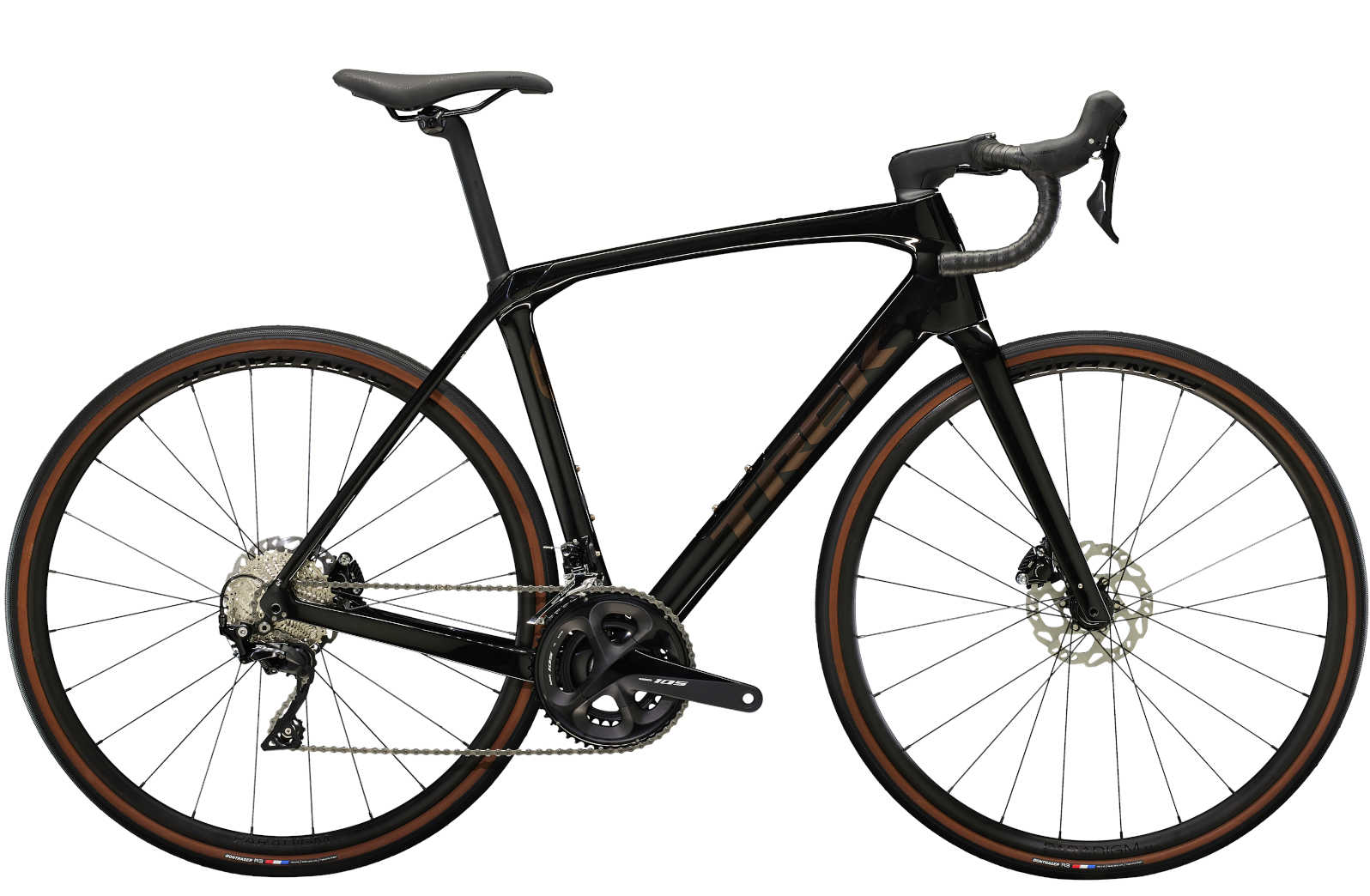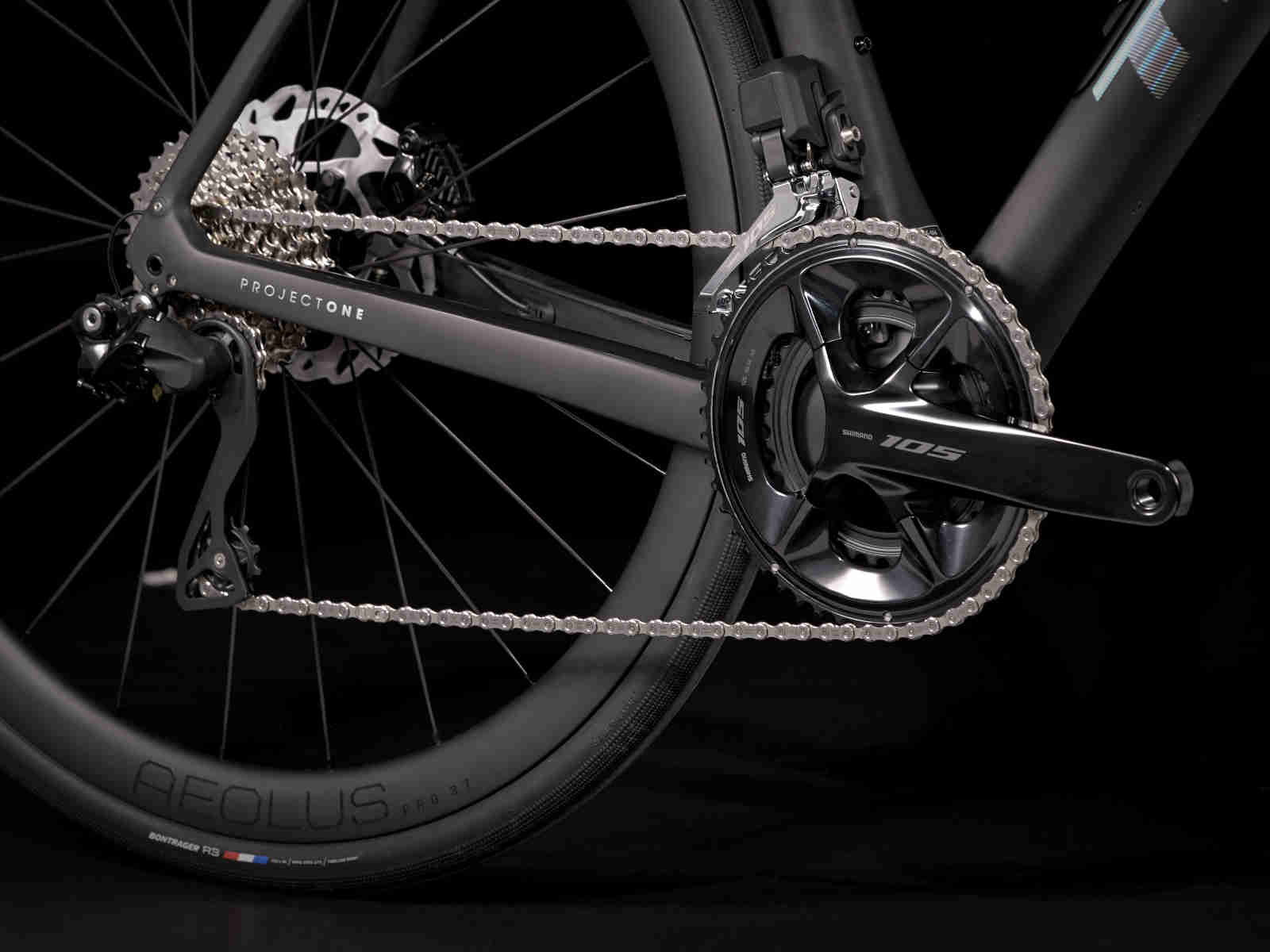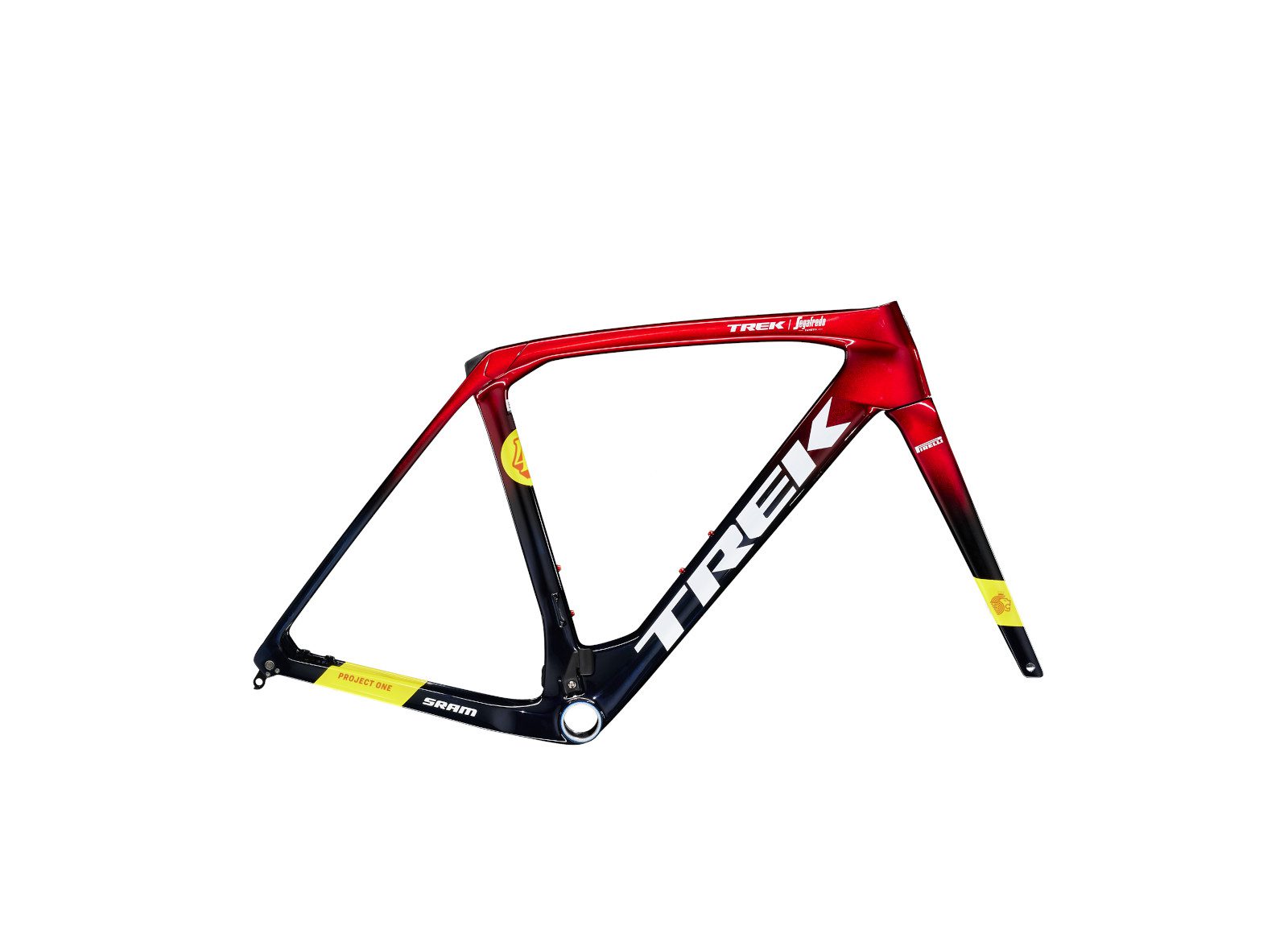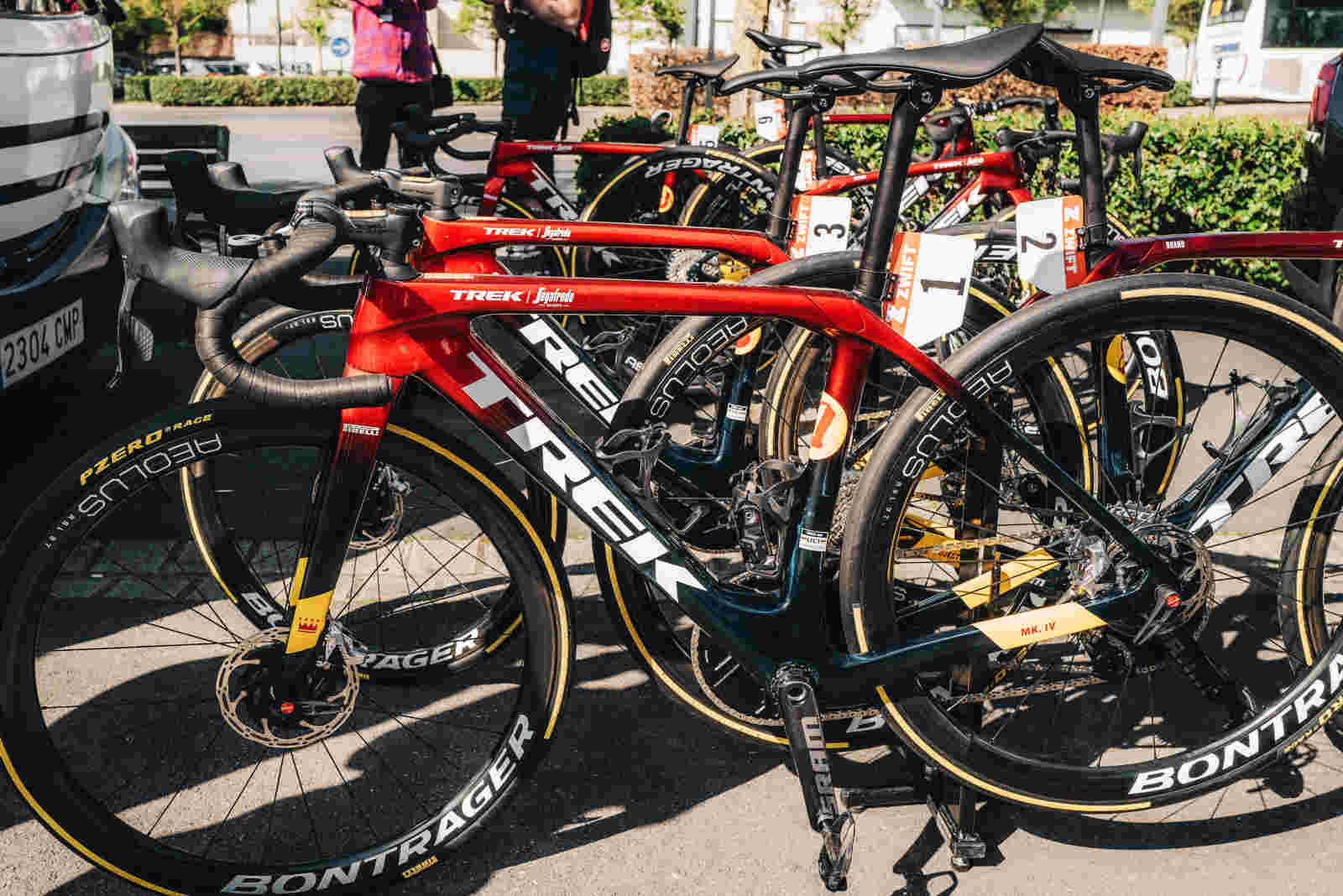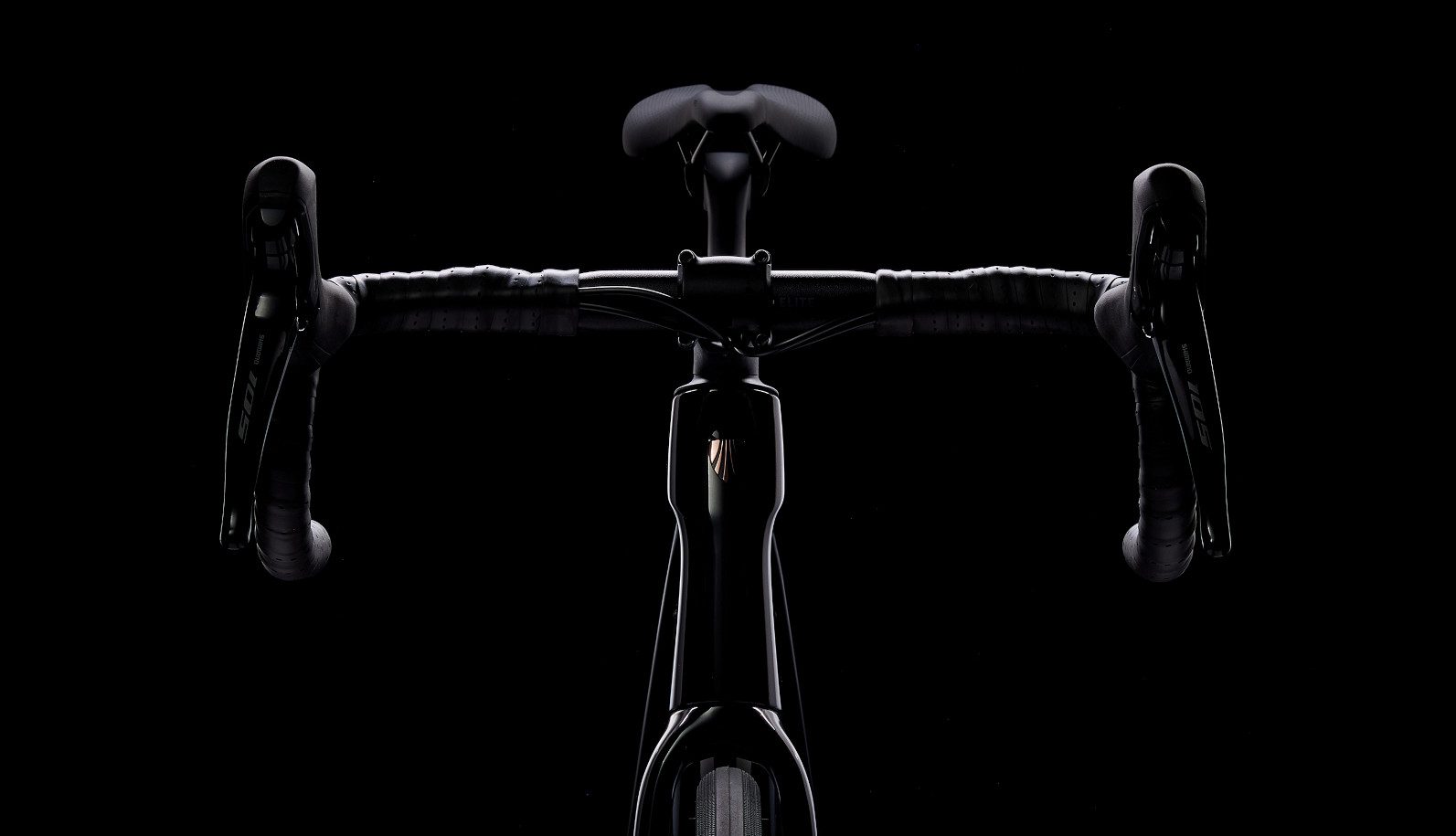The new Trek Domane: Lighter, more comfortable and versatile for the season ahead
Revamped IsoSpeed and added peripherals for the fourth generation of the endurance bike
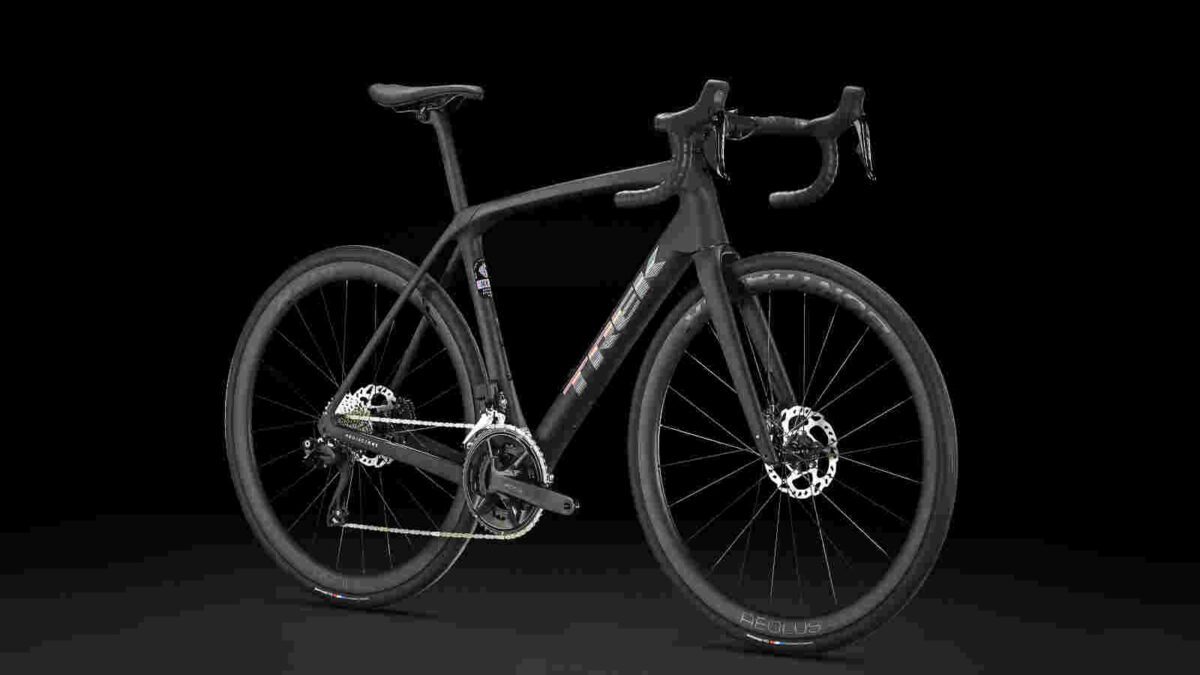
Trek has launched its fourth generation Domane SL and SLR. The newest version of the ride is aimed at the high performance-minded racer, but also comes with the ability to be used on adventures outside of the peloton. As well as the SL and SLR, the Domane will also come in a pure racer–oriented version, the RSL. This frame has been tested by the Trek-Segafredo team at the WorldTour level in Europe. It’s seen a win at Paris-Roubaix by Italian pro Elisa Longo Borghini. There’s been a number of changes to the Domane: the IsoSpeed system is different; there’s been a decrease in weight; and the cockpit has been improved. Riders also have the ability to add peripherals for epic all-day rides.
Refined IsoSpeed for better comfort
One of the big improvements with the new Domane is the upgrade to its IsoSpeed tech. The system that reduces vibrations from the road to decrease fatigue is lighter on the fourth-generation Domane. As opposed to earlier versions, the new IsoSpeed is non-adjustable, as Trek engineers found that most riders would set their levels of damping and then forget them. The new Domane has also removed the IsoSpeed from the front end, which also contributes to its reduced weight.
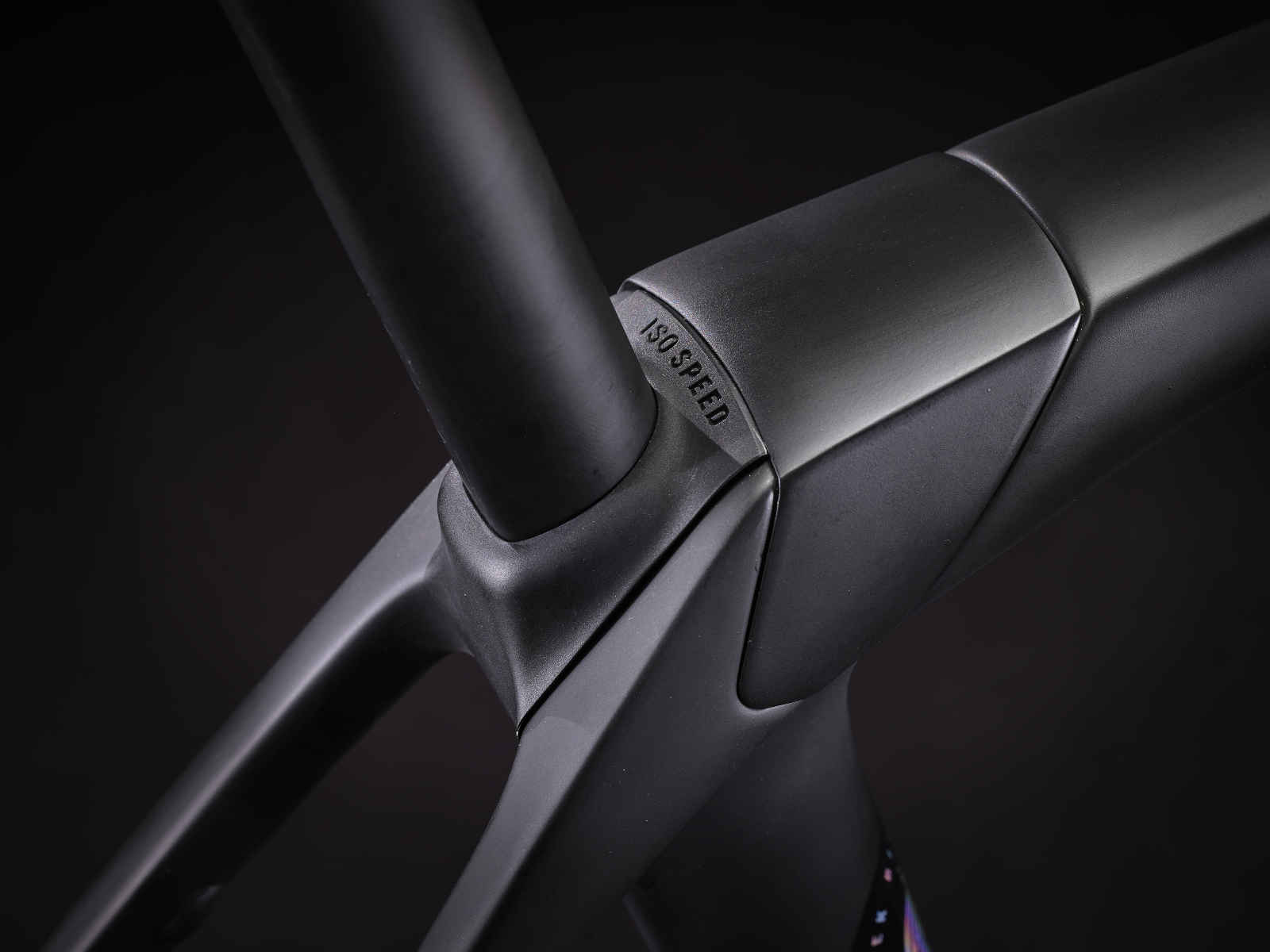
“The gen four, rear-only system is non-adjustable, which means we’ve simplified the design and removed complexity and maintenance,” Reggie Lund, Trek’s lead engineer on the new Domane, says. “But we’ve maintained the ride quality and compliance but decreased some weight.”
The new Domane also has a seatpost clamp integrated into the top tube, creating a much cleaner look. The seatmast of the gen-three bike is gonie. The new seatpost is D-shaped for additional aero gains, and available in 280-mm and 320-mm lengths.
The three frames: RSL, SL and SLR
All three members of the new Domane family have similar aero benefits. The SL and SLR are identical when it comes to frame shapes and features.The difference lies in the carbon material used. The SL uses OCLV 500, and the SLR uses the higher-quality OCLV 800. Both rides will have upgrades in the tube department, using truncated airfoil shapes, making it the fastest Domane yet.
Weight-wise, all frames are quite a bit lighter. The SLR shaves 700 g, and the SL 300 g. Both of the frames use a more relaxed endurance geometry compared with the H1.5 design on both the Émonda and Madone. With a higher top tube and extended wheelbase, the SLR and SL aim to provide enhanced comfort for longer rides. The RSL, which is only available as a frame, will use the H1.5 geometry to retain race-specific handling. The RSL frameset has a nearly identical tubeset to the SLR, with the exception of the tighter angles.
The SL and SLR aim to be a one-bike-does-all type of ride. “It’s for the weekend racer, but also long rides on weekends, light gravel, fast group rides or gran fondos,” Jordan Roessingh, Trek’s director of road bikes, explains. “It balances light weight, speed and comfort. It’s one bike that can do everything.”
With tire clearance coming in at 35 mm for the RSL and 38 mm for the SLR and SL, the bike will be able to accommodate some wider tires, hence the added opportunity to ride it on some mixed terrain.
Although it’s not certainly not labelled as a gravel bike, the bike offers some versatility for the racer who wants to head out on some adventures on mixed terrain, as well, Roessingh explained. The SL and SLR also come with hidden mudguard mounts, which means you can use full-coverage mudguards, and your legs and caboose won’t get any spray if you hit any muddy puddles. Another add-on for the SL and SLR is a top-tube bag mount, making it a complete bike for long rides where you need to stash some more snacks. The SL and SLR will both have internal storage on the frames for puncture kits, while the RSL will not, for additional weight savings.
The Domane went through rigorous testing by some of the best pros. Borghini took various prototypes of the bike on some of the toughest terrain, including the cobbles of Paris-Roubaix. Ultimately, the finished product exceeded her expectations. “The new Domane, I like the compromise between the stiffness and softness on the cobbles,” the 2022 Paris-Roubiax winner says. “I like that you can launch after a corner, sprint well and it’s lighter. It’s also more agile in the peloton. I can say with confidence that we had the best technical equipment at Roubaix this year.”
Streamlined cockpit
The SL and SLR feature the new RCS Pro integrated stem for increased aero benefits, as well as easier maintenance. The new stem is compatible with other road models, but not with the Madone SLR bar and stem. It does however, create a cleaner front end with brake and gear cables routed through the stem, while still giving users the ability to change the component easily.
The Canadian prices of the new fourth-generation Trek Domane
| Trek Domane build | Canadian price |
|---|---|
| Domane SLR 9 eTap P1 | $17,500 |
| Domane SLR 9 P1 | $17,000 |
| Domane SLR 7 eTap P1 | $11,950 |
| Domane SLR 7 P1 | $11,300 |
| Domane SLR 6 eTap P1 | $10,200 |
| Domane SLR 6 P1 | $9,700 |
| Domane SL 7 eTap | $9,450 |
| Domane SL 7 | $8,600 |
| Domane SL 6 eTap | $6,600 |
| Domane SL 6 | $6,000 |
| Domane SLR Disc frameset | $5,350 |
| Domane RSL frameset | $5,350 |
| Domane SL 5 | $4,500 |
| Domane SL Disc frameset | $3,200 |


